Enter a surname, town name or other keyword to search the database. Remember to
allow for the different spellings of 'Mc' and 'Mac.' Good luck!
{Search tips: Use single word search terms for more results}
You must enter some valid character(s) into the search field
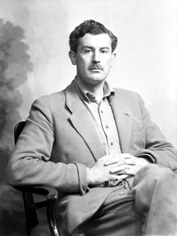
Reference: 40813a
Lord Lovat. Brigadier Simon Ch...
|

Reference: 44611f
Lieutenant John C.O.R Hopkinso...
|
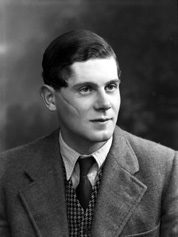
Reference: 44611e
Lieutenant John C.O.R Hopkinso...
|
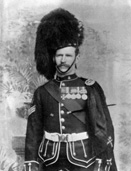
Reference: H-0203
Lt.Col Donald Dickson Farmer (...
|
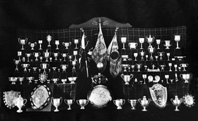
Reference: 30378d
The Ante-Room, Sgts Mess 2nd H...
|
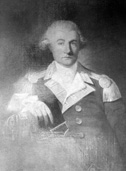
Reference: 30378b
The Hon. George Mackenzie. He ...
|
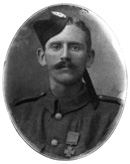
Reference: 27563b
Private Ross Tollerton, Ist Ba...
|
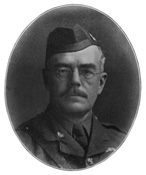
Reference: 27563a
Major Angus Falconer Douglas-H...
|
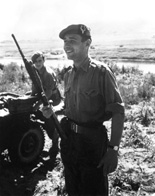
Reference: 542
Lieutenant Angus Grant, elder ...
|
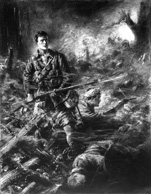
Reference: 432
Major Borradaile, (or Borrowda...
|
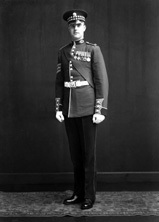
Reference: 43695
Sgt. James Adam Duff of the 2n...
|
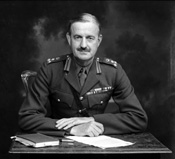
Reference: 46461f
Brigadier (later General) Sir ...
|